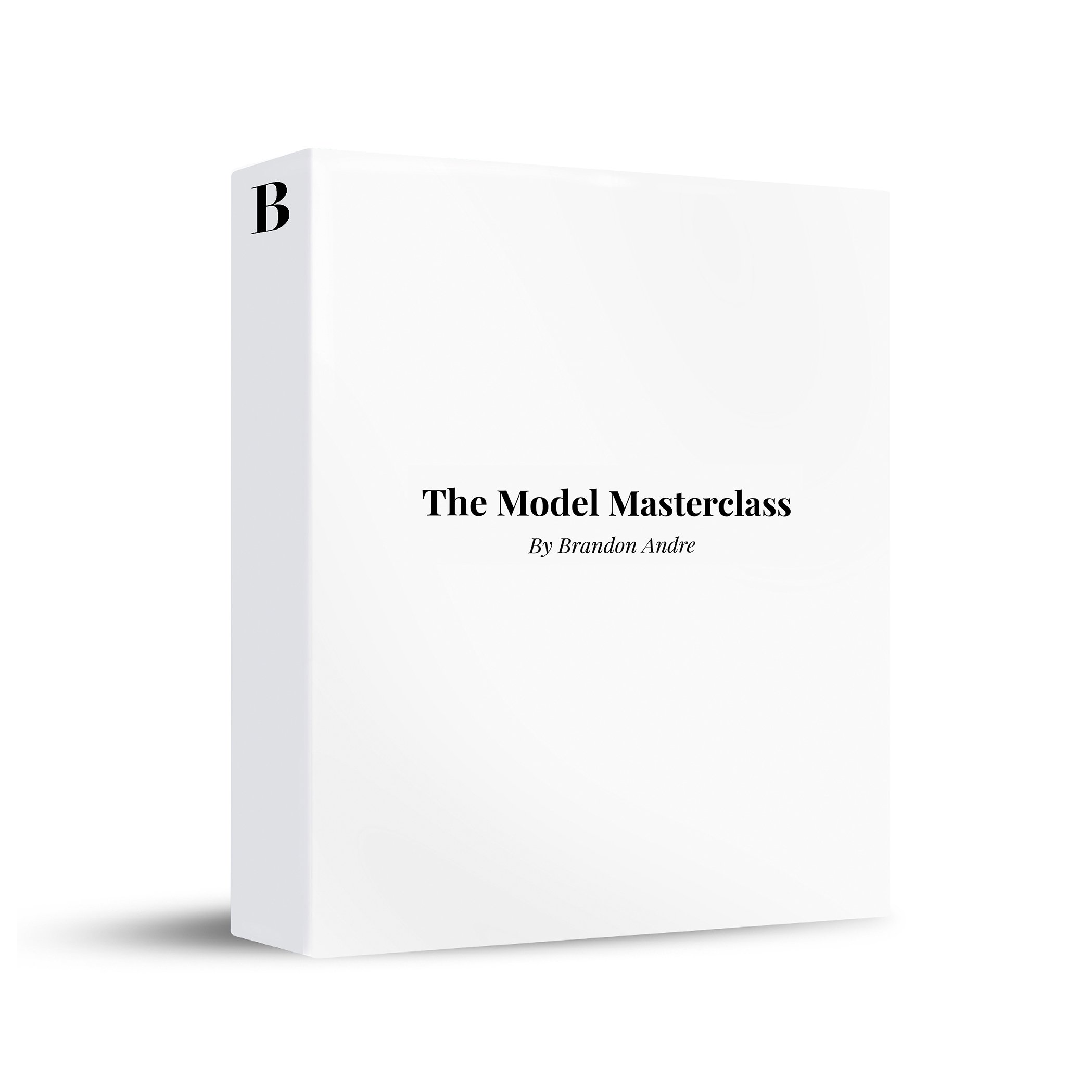Mid-Sized Models: Redefining Beauty Standards
Still need model help? Book a 4omin model coaching call with me now!
What challenges do mid-sized models face in the fashion industry, and how do these hurdles impact the financial dynamics of the fashion world?
Read on to uncover the intricacies of these changes and discover how the narrative of beauty is being rewritten to include every unique body type in the spectrum.
Key Takeaways
Embracing diverse body types promotes inclusivity in the fashion industry.
Redefining beauty standards empowers individuals to embrace their unique bodies.
Industry shifts towards inclusivity benefit both socially and financially.
Fashion's influence on beauty perceptions highlights the importance of embracing diversity.
Challenges Faced by Mid-Sized Models
Middle-sized models in the fashion industry often struggle to break through traditional size categories, facing immense pressure to conform to specific body types that don't represent their unique beauty. The industry's narrow definition of model standards limits inclusivity, perpetuating unrealistic body ideals.
Embracing body diversity is crucial for promoting inclusivity and redefining beauty standards. Despite societal norms, efforts towards inclusivity and body positivity are gaining momentum.
Financial Implications of Ignoring Middle-Sized Women
Neglecting middle-sized women in the fashion industry can have significant financial repercussions that impact both retailers and consumers alike. The plus-size clothing market is valued at $20.4 billion, indicating a substantial opportunity for increased sales by catering to this demographic.
Failing to represent middle-sized women in marketing and advertising strategies may alienate a significant consumer base, ultimately affecting financial gains. By embracing diverse sizes and body types, retailers not only stand to benefit financially but also make a positive social impact. Inclusivity in imagery can attract a wider audience and contribute to a more accepting and diverse fashion landscape.
Efforts Towards Body Positivity and Inclusivity
Amidst the evolving landscape of fashion, a shift towards body positivity and inclusivity is revolutionizing the industry's standards. Advocacy campaigns and social impact are driving forces behind this movement. Models and activists are championing broader beauty standards, urging for realistic representations in fashion.
Retailers are reevaluating size categories to be more inclusive, acknowledging the need for diverse sizing in marketing strategies. Consumers are pushing for a change, demanding an end to traditional beauty norms that exclude many individuals. The body positivity movement isn't just about fashion; it's about challenging societal perceptions of beauty and promoting acceptance.
Industry shifts towards inclusivity not only benefit individuals but also have positive social and financial impacts, creating a more diverse and welcoming environment for all.
Redefining Beauty Standards in Fashion
With a push for inclusivity reshaping the fashion landscape, embracing diverse body types has become a pivotal step in redefining beauty standards. Empowering individuals to feel confident in their own skin is at the heart of this movement.
By embracing diversity, the fashion industry can create a more inclusive environment where beauty is celebrated in all its forms. Redefining beauty standards goes beyond physical appearance; it's about embracing individuality and uniqueness.
Through this shift, fashion has the power to influence societal perceptions and empower individuals to love themselves just as they are. Embracing diversity not only enriches the industry but also sends a powerful message of acceptance and inclusivity to the world.
Industry Segmentation and Size Categories
In the dynamic fashion industry, reevaluation of size categories to promote inclusivity and diverse representation is a crucial step forward. Arbitrary definitions of size distinctions, like 'plus size,' are being challenged by advocates who highlight the industry's flawed segmentation.
The divide between plus and straight sizes perpetuates unrealistic body ideals, limiting the representation of diverse body types. Experts suggest that embracing size inclusivity and rethinking these categories can lead to more inclusive marketing strategies.
If you want to get started modeling the right way, without wasting time, energy and money, then you need my Model Masterclass. In my course I teach you the inside secrets on how to become a successful model.
Mid-Sized Models In The Fashion Industry
Mid-sized models in the fashion industry face various challenges, including social and financial impacts. The industry's narrow standards and lack of representation for middle-sized women not only promote unrealistic body ideals but also miss out on opportunities for increased sales. However, there's a growing movement towards body positivity and inclusivity, driven by advocacy campaigns, industry changes, and consumer demands. This shift involves rethinking size categories and promoting diverse representation, which not only benefits the fashion industry but also promotes acceptance and inclusivity in society. As fashion evolves, prioritizing inclusivity and celebrating diverse body types will be crucial for creating a more welcoming and empowering environment for everyone.


